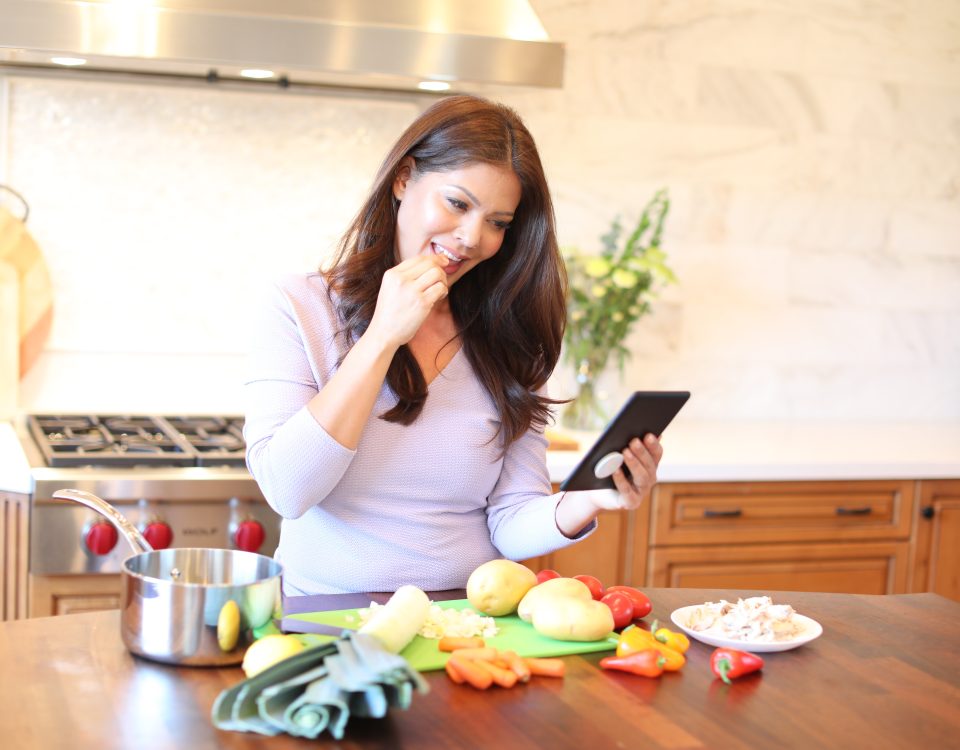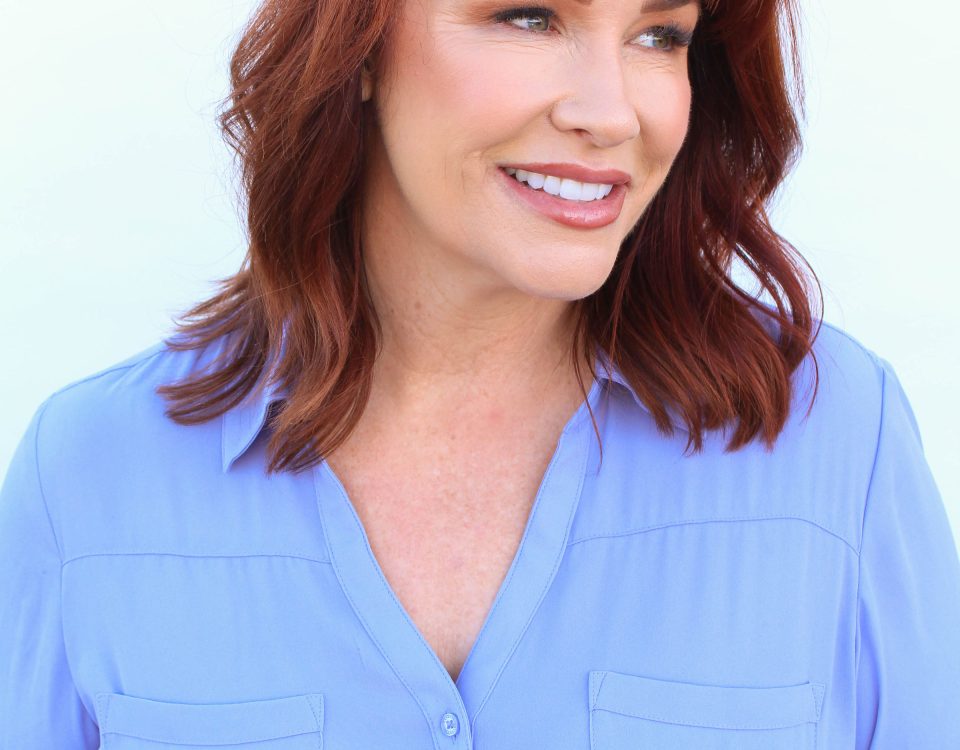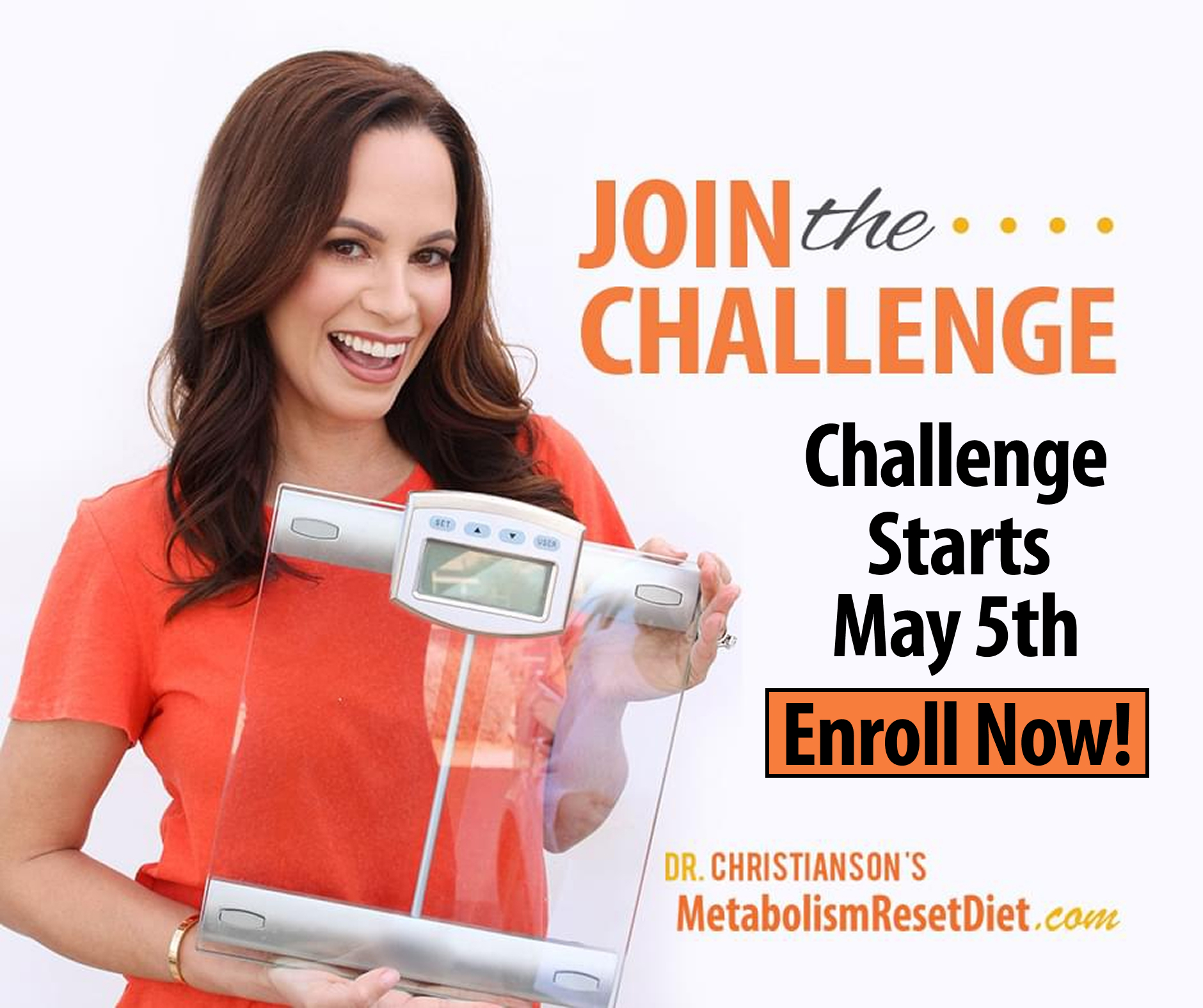Avoiding plastics in your day-to-day life might seem difficult, but it is much easier than it appears. Whether you know you need to start avoiding them or want to learn more about why today’s discussion will ultimately show you how avoiding plastics every day can be easily achieved. Is plastic a problem for you? We have solutions.
- Have any questions?
- 480-767-9018
- support@in-goodhealth.com

Sweet Potato Fries
January 1, 2023
Pea Hummus
January 4, 2023
Sweet Potato Fries
January 1, 2023
Pea Hummus
January 4, 2023Home > Hormone Reset > Top priority: how to avoid plastic today
Top priority: how to avoid plastic today


Avoiding More Plastic
Unfortunately, it is basically impossible to be 100% free of plastic in your day-to-day life. It is a sad reality for the world that has become so dependent on it. With that in mind, though, I want to stress today the value of being plastic avoidant.
Why Avoid Plastic?
You probably already know this, but avoiding plastic is definitely going to benefit your health. How does it work, though? Well, plastic compounds are known endocrine disruptors1. This means that they can have a negative effect on your hormones. Some of the known dangers of plastics are:
- Infertility
- Cancers
- Diabetes
Some of the more possible dangers are:
- Obesity
- Precocious Puberty (kids starting adolescence too early)
- Gynecomastia (breast growth in men)
Bottom Line: Some of the most troubling trends2, with regards to fertility and the growth of children, may be impacted by an increased societal consumption of plastics. It is really troubling stuff, and it really emphasizes just how important it is that we try and get away from this obsession with plastics as much as possible.
The Most Dangerous Chemicals

The problem with plastics is all in the chemicals, and how they can pose an adverse risk to our health. What are some of the most dangerous? Let’s break it down by going chemical to chemical:
BPA
BPA is typically the chemical in plastic that most folks know about, so much so that many products are now being listed as “BPA-free.” What does this mean, though? Instead of bisphenol-a being used, they are using bisphenol-S (BPS).
There is some data that suggests that BPS can be just as dangerous as BPA3. For the time being, it is not rational to assume that BPS is somehow better than BPA. Because we see it so much in “BPA-free” products, this is definitely something we need to keep a close eye on and be just as observant towards.
The other important chemicals to consider are as follows:
- PET or PETE
- Polypropylene
- PVC
- HDPE
- Polystyrene
What are the main sources of plastic?
When it comes to plastic, we see it all of the time. Where we want to see less of it, though, is in our food preparation and presentation. Two of the main ones I want to talk about are:
- Styrofoam cups – Which have styrene, which is basically a slick of oil and one of the deadliest carcinogens for our bodies.
- Food wrappings – Plastic wrap and food containers are ways in which plastic can find their ways into our bodies, right through the food we are eating and trying to keep safe from the elements4.
Key Insight: The more fat a food, the more that wrapping it in plastic can be a problem. These plastics are fat-soluble, which means that they can have an undue influence on these types of foods.
Hidden Sources of Plastic
There might be some sources of plastic that you might not even notice, or that go under the radar. Some of the more “hidden” plastics that we get are:
- Receipts – Printed on with compounds that emit high amounts of phthalates (Read: How to detox the 4 worst diabetes causing chemicals today), which can be bad for your health. The best thing to do here is to either not take the receipt, or leave it in the bag and not handle it all together when you are unpacking.
- Canned Food Linings – The linings in canned foods can have BPA in them, and the ones that do not typically have BPS – which we have already talked about as being inconclusive.
- Children’s Toys – These are absolutely notorious for plastic sources.
- Water Bottles – Of course, you can see the plastic keeping water inside!
- Canned Soda and Beer – another example of packaging being detrimental to the product inside.
- Toothbrushes and Toothpaste Tubes – This is an unfortunate one, and thankfully we are seeing more and more companies trying to come up with more solutions (using nylon or animal hair products).
- Vinyl Shoes and Purses – Even vinyl clothing, in the past, are ways that we might be absorbing plastic sources into our bodies.
Bottom Line: These are just some of the more hidden ways that we might be getting plastics into our lives, and into our bodies. It is definitely in our best interest to steer clear of these things now that we know about them and to look for substitutions wherever possible.
Alternatives to Plastic
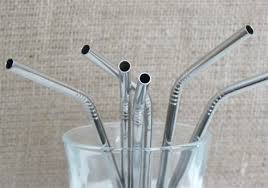
So, how do we get around all the plastic we might be coming across in our day-to-day lives? Well, there definitely are some things we can do – and it mostly comes down to swapping out typical-plastic materials for something different.
Here are just some of the things that we can do:
- Break-proof Glass – This is going to be our solution to those nasty containers that are totally plastic and can really infiltrate our food with nasty stuff. These kinds of glass containers are lined with rubber, which is harmless, and are a great alternative that lasts longer, cleans better, smells less (not at all), and will benefit our bodies in the long run.
- Stainless Steel Straws and Containers – This is a solution to our water problem. Buying in plastic just does not work anymore, and you can save money (and preserve your health) by going with a stainless steel straw or container to drink water from.
- Silicone Storage Containers – Silicone is totally safe, and we are also seeing plenty of baking products (as an alternative to nonstick cookware) coming out in silicone form – specifically with molds for baking. There are even silicone utensils, too!
- Reusable Grocery Bags – I always opt for skipping plastic bags in the grocery store, and bring along a handy tote bag. It makes shopping more pleasant because you know you are doing the right thing for the environment and for your body.
- Aluminum Foil – Skip the plastic wrap for your leftovers or sandwiches, and feel free to use aluminum foil or parchment. These alternatives are just as accessible no matter where you go, so use them instead.
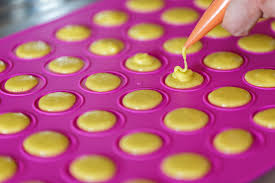
Bottom Line: Whenever you are out and about, it always helps to keep some of these handy alternatives close by. Have a water container with you, so you avoid stopping at the gas station and buying plastic bottles. Leave a tote bag in your car, so that you can decline having to pack your groceries in plastic bags. Have a reusable coffee cup – I have even some cafes offering cheaper drinks for bringing a container with you. If you’re going out to eat, bring a container to take your leftovers instead of a styrofoam to-go box. These are simple, easy, and effective changes that you can start implementing today.
Start Avoiding Plastic Today
The list of plastic substitutes is absolutely exploding, and the number of alternatives you have has never been better. Start using them today, and stop using plastic so that you can avoid the dangers down the road. When it comes to mitigating our risks, nothing beats having more knowledge. Try taking the Thyroid Quiz (Click Here), and learn more about your thyroid while avoiding plastics today.
1 – https://www.ncbi.nlm.nih.gov/pmc/articles/PMC2726844/
2 – https://www.ncbi.nlm.nih.gov/pmc/articles/PMC3845732/
3 – https://www.scientificamerican.com/article/bpa-free-plastic-containers-may-be-just-as-hazardous/
4 – https://www.scientificamerican.com/article/plastic-not-fantastic-with-bisphenol-a/

P.S. Whenever you are ready, here is how I can help you now:
- Schedule a Thyroid Second Opinion with me, Dr. C, Click Here for Details
- Need help to choose supplements? Click ‘Help Me Decide Here'
- Get my top books Here
Dr. Alan Glen Christianson (Dr. C) is a Naturopathic Endocrinologist and the author of The NY Times bestselling Hormone Healing Cookbook, The Metabolism Reset Diet, and The Thyroid Reset Diet.
Dr. C’s gift for figuring out what works has helped hundreds of thousands reverse thyroid disease, heal their adrenals, and lose weight naturally. Learn more about the surprising story that started his quest.




